Every year, millions of foreigners come to the United States for education or cultural purposes. To enter the country smoothly, it is important to choose a suitable visa. J1 and F1 visas are two popular choices, but they differ significantly in some cases. In this article, we will introduce what they are and make a comparison to help you decide which one is better for you.
What Is J1 Visa?
The J1 visa, also known as an exchange visitor visa in the United States, is a non-immigrant visa issued to foreigners who travel to the US for cultural and educational purposes, such as students, scholars, specialists, teachers, and professors. Visa holders can deliver a lecture, do research, teach, attend training, take courses, or participate in other cultural and professional exchange programs. Applicants must be sponsored by a university, college, educational institution, government department, or public/private organization.
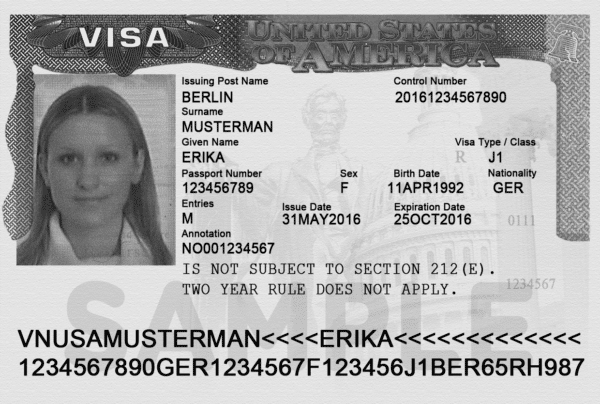
What Is F1 Visa?
The F1 visa is a non-immigrant student visa issued to foreigners who wish to take full-time education in the United States. The visa holders can go to any academic institution, such as elementary school, high school, college, university, conservatory, language school, seminary, and so on. The applicant must have been admitted to a school certified in the Student and Exchange Visitor Program (SEVP).
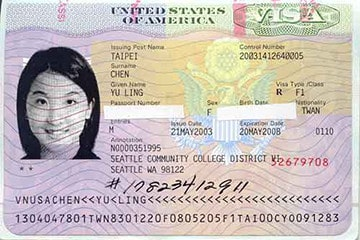
J1 vs F1 Visa Comparison
Although both visas are designed for those who visit the US for education or academy, they are different in many aspects. In this section, we will make a thorough comparison between a J1 visa and an F1 visa.
| Visa Type | J1 Visa | F1 Visa |
| Eligibility | Meet specific requirements for the program listed on the website of the Department of State. Proficiency in English; Have valid medical insurance. | Be accepted as a full-time student by a US-accredited academic institution. Have strong ties to your home country. Have sufficient funds. Proficiency in English. |
| Enrolled Program | Au pair Camp counselor College or university student Government visitor InternInternational visitor Physician Professor Research scholar Secondary school student Short-term scholar Specialist Summer work travel TeacherTrainee | College University Seminary Conservatory Academic high school Elementary school Other accredited academic institutions Language training program |
| Sources of Funds | At least 51% of the funding comes from a grant or scholarship while the others could be personal or family funding. | Any kind of funding is acceptable. |
| Costs | Application fee: $185 Student and Exchange Visitor Information System (SEVIS) registration fee: $220 | Application fee: $185 Student and Exchange Visitor Information System (SEVIS) registration fee: $350 |
| Visa Validity | Equivalent to the duration of the program plus 30 days of grace period. | Equivalent to the duration of the program plus 60 days of grace period. |
| On-campus Employment | Work part-time (up to 20 hours per week) when school is in session. Work full time on summer holidays. A work authorization is required. | Work part-time for 20 hours per week in session. Work full time on summer holidays. No prior work authorization is needed. |
| Off-campus Employment | Visa holders can join Academic Training (AT) related to the student’s academic program. The length of the AT should be shorter than or equivalent to the academic program. The length of the AT for a doctoral degree can be extended to another 18 months and up to 36 months in total. | Curricular Practical Training (CPT) or Optional Practical Training (OPT) after one year of study Optional Practical Training (OPS) for up to 12 months or OPT under STEM fields for up to 2 full years after graduation |
| Family Sponsorship | Some exchange programs allow J1 visa holders to sponsor their spouses and minor children to apply for a J2 visa to travel to the US. J2 visa holders can study in the US. J2 visa holders should obtain authorization from USCIS to work in the US. | F1 visa holders can sponsor their spouses and minor children to apply for an F2 visa to travel to the US. F2 visa holders cannot study full-time or work in the US. |
| Grace Period | Applicants must leave the US within 30 days after the course ends. | Applicants must leave the US within 60 days after the course ends. |
| Health Insurance | Mandatory (valid for the duration of stay). | Optional (depending on the educational institutions). |
| Path to Green Card | J1 visa does not lead to US permanent residency directly. Visa holders must return to their home country and live for at least 2 years before applying for a US immigrant visa or permanent residency. | F1 visa does not lead to US permanent residency directly. Visa holders can change status in the US or leave the country and apply for another US visa/green card. |
| Obligation to Return Home After Completing the Program | Yes | No |
J1 vs F1 Visa: Which Is Better For Studying in the US
Both J1 and F1 visas are designed for studying in the US. They differ in eligibility, requirements, and benefits as stated before. Which one is more suitable depends on your purpose of education. If you are seeking academic performance and wish to obtain a degree at the end, an F1 visa would be better. If you are participating in exchange programs and wish to develop skills or gain experience, a J1 visa is more recommendable. In addition, dependents of F1 visa owners are not allowed to work in the US, which means you must have sufficient funds to support you and your family while dependents of J1 visa owners can work with authorization. Last but not least, if you intend to stay in the US after graduation, you must not apply for a J1 visa as it does not allow dual intent.
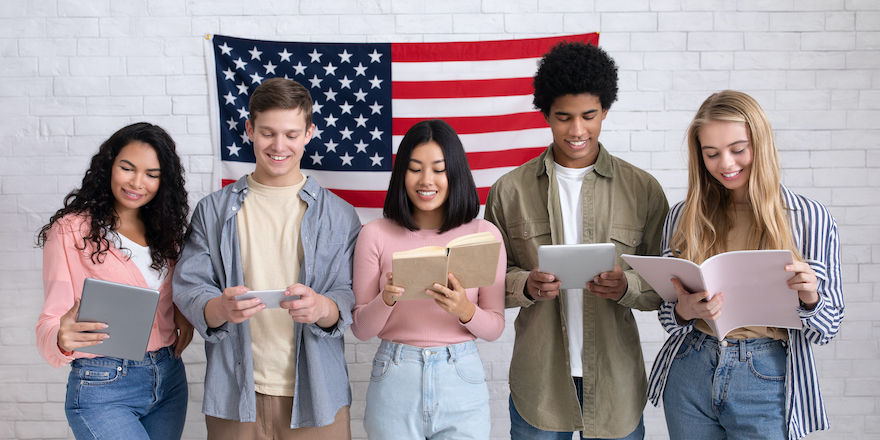
J1 vs F1 Visa: Which Is Better For Working in the US
Both J1 visa and F1 visa holders are immediately eligible for on-campus employment, but work authorization from the school is needed for J1 holders. No matter which visa you are holding, you can only work part-time for no more than 20 hours when the school is in session. Common jobs include teaching assistants, security guards, and staff at libraries, bookstores, canteens, etc.
Exchange visa holders can also join Academic Training (AT) that has the same duration as their education period. If you are taking doctoral programs, it would be extended to another 18 months.
If you want to work off-campus, you are supposed to apply for an F1 visa and it allows you to take part in specific training programs after one year of study or graduation. Your work should be related to your program of the curriculum or field of study. For J1 visa, off-campus employment is usually not allowed unless you are facing an unexpected economic hardship and have obtained a written employment authorization from your school.
J1 vs F1 Visa: Which Is Easier to Get?
Getting a US visa seems lengthy and difficult. To choose a suitable visa, it is also necessary to learn about which visa is easier to apply besides checking your eligibility. Here is a contrast between J1 and H1 visa.
| Visa Type | J1 Visa | F1 Visa |
| Approval Rate | Approx. 80-90% | Approx. 90-95% |
| Difficulty | Generally easy to be approved | Generally easy to be approved |
| Main Factors for Success | Eligibility Sponsorship Financial capability Completeness of documents No intent to immigrate | Confirmed admission Sufficient financial support Connections with home country |
| Common Challenges | Prepare all required documents Prove sufficient financial resources Prove strong ties to home country Forget to purchase health insurance or have health issues | Prepare all required documents Prove sufficient financial resources Prove strong ties to home country Be admitted to an institution that is not certified by the authority Be disqualified for English capability |
J1 vs F1 Visa: Which Visa Leads to US Permanent Residency?
Both J1 visa and F1 visa are non-immigration visas, so they do not lead to US permanent residency directly. If you wish to get a green card (permanent resident card), you can apply for one of the following visas or programs.
- H-1B Visa
H1B is a non-immigration work visa. that allows US employers to hire qualified employees from overseas for specialty jobs. As a dual-intent visa, it allows an individual to enter the US with the intention of possible immigration. To begin with, the employer must register for the H-1B lottery and file a petition to hire a foreign worker. Once approved, the employee should apply for this visa at the US embassy/consulate in his/her home country. The whole process might take 1-6 months.
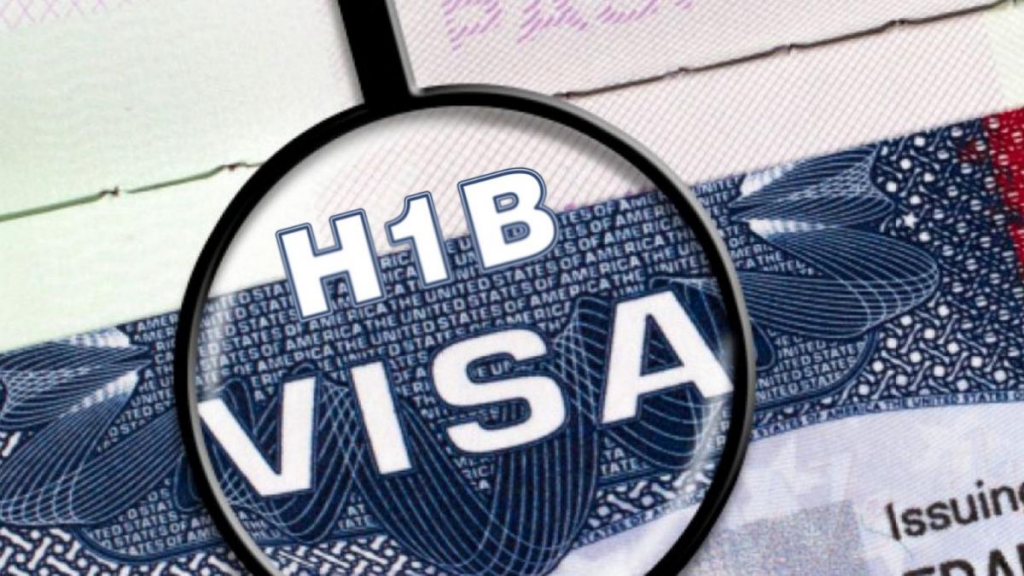
Due to its relaxed requirements, it is one of the most popular ways among US immigrants. However, there is a cap on the number of visas that are issued annually. Generally, only 65,000 out of hundreds of thousands of petitions are picked, which makes it difficult to win the lottery.
- L-1 Visa
L1 visa is also a dual-intent nonimmigrant visa based on employment. It is used to transfer managers, executives, or employees with specialized knowledge from a foreign office to the US. L1 visa holders might be qualified to apply for permanent residency after living in the US for some years.
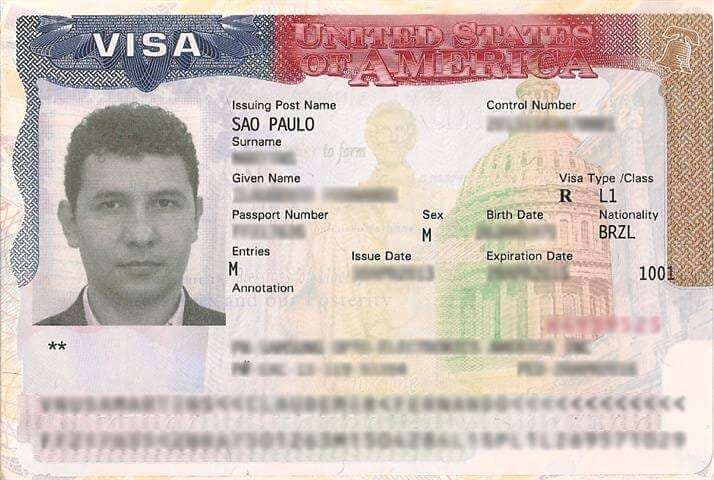
There is no limitation on the number of visas, but you have to satisfy the requirements for position and duration of work. It also involves employer petitions, visa applications, and visa interviews, which take about 1-4 months to receive the visa.
- O-1 Visa
O1 visa is a dual-intent US visa but has stricter requirements. It is issued to foreigners with extraordinary abilities or achievements in the fields of sciences, arts, education, business, athletics, movies, and television. The employer should file a petition with the USCIS before the employee files Form DS-160 and has an interview at the US mission. The authority will issue the visa in 2-3 weeks for regular processing (visa fees of $460) or 15 days for expedited services (visa fees of $2,500).
- EB-2
An EB-2 visa is an immigrant employment-based visa given to professionals and highly educated or skilled talents. It is a favorable pathway to green cards for J-1 and F-1 visa holders because having an advanced degree might give you more privileges. To apply for an EB-2 visa, you must be sponsored by your employer who has obtained the PERM Labor Certification. It is suggested to start the application at least 20 months in advance as it will be a lengthy process.
- EB-3
An EB-3 visa is the third preferred immigrant visa based on employment. Applicants should have a bachelor’s degree or at least 2 years of required training/education/work experience. The application process and cost are generally the same as those for EB-2 visas.
- DV Lottery Program
DV lottery program is an immigrant visa program designed for countries with low rates of immigration to the US. About 50,000 immigrant visas are issued every fiscal year. Qualified citizens from eligible countries should submit an entry in advance. Entrants who are randomly selected can check the result after 7 months. Only winners of the lottery can file a visa application and have an interview, which takes up to 14 months to receive the visa.
Can I have Both F1 and J1 Visas?
Yes. Foreign travelers can have two valid visas as long as they are not the same type. If you are qualified for both J1 and F1 visas, you might apply for them concurrently and use either of them to enter the US according to your purpose of traveling. After being accepted by an accredited US educational institution, you might be allowed to change your status from J1 to F1. However, if you are a J1 student or scholar subject to a 2-year home residency requirement, please return to your home country and apply from a US consular office.
FAQ
🧡 How to stay in the U.S. after J1 visa expires?
You might be allowed to change status, adjust visas, or request a waiver of the two-year home-country physical presence requirement.
🧡 Can I work on a J1 visa?
A2: Yes, but only on-campus employment is permitted. The total working hours should not exceed 20 hours during the semester while you can work full-time in the summer holidays.
🧡 Can a J1 visa apply for a green card?
No. A J1 visa does not lead to permanent residency. You should request a status change or visa adjustment to get a green card.
🧡 What is the 2-year rule for a J1 visa?
After the exchange program ends, some visitors are required to leave the US and return to their home country for at least 2 years.
🧡 How many times can you use a J-1 visa?
If there is an “S” on your visa stamp, it refers to a single-entry visa and you can use it once. If there is an “M” on your visa stamp, it refers to a multiple-entry visa and you can use it to enter the US multiple times.
🧡 What happens if you get married while on a J-1 visa?
If you marry a US citizen or permanent resident, your spouse might file a petition for you to apply for a marriage-based visa to stay in the US, but make sure not to violate the 90-day rule that aims to identify those who hide their intent of immigration at the time of applying for a nonimmigrant visa.
🧡 Can I travel to Canada with a J1 visa?
Yes, and you have to satisfy the Canadian entry requirements, such as showing a valid passport, Electronic Travel Authorization (eTA), and other possibly required documents.
🧡 Can I take my wife to the USA on a J1 visa?
Yes, and she can study or work with authorization.
Summary
After reading this passage, you must have learned about what the J1 visa is, what the F1 visa is, and their difference. Roughly speaking, J1 is better for exchange visitors while F1 is better for full-time students. However, if you are eligible for both of them, it is suggested to carefully consider your purpose for traveling, future plans, and the chances of getting approval to pick the most suitable one.